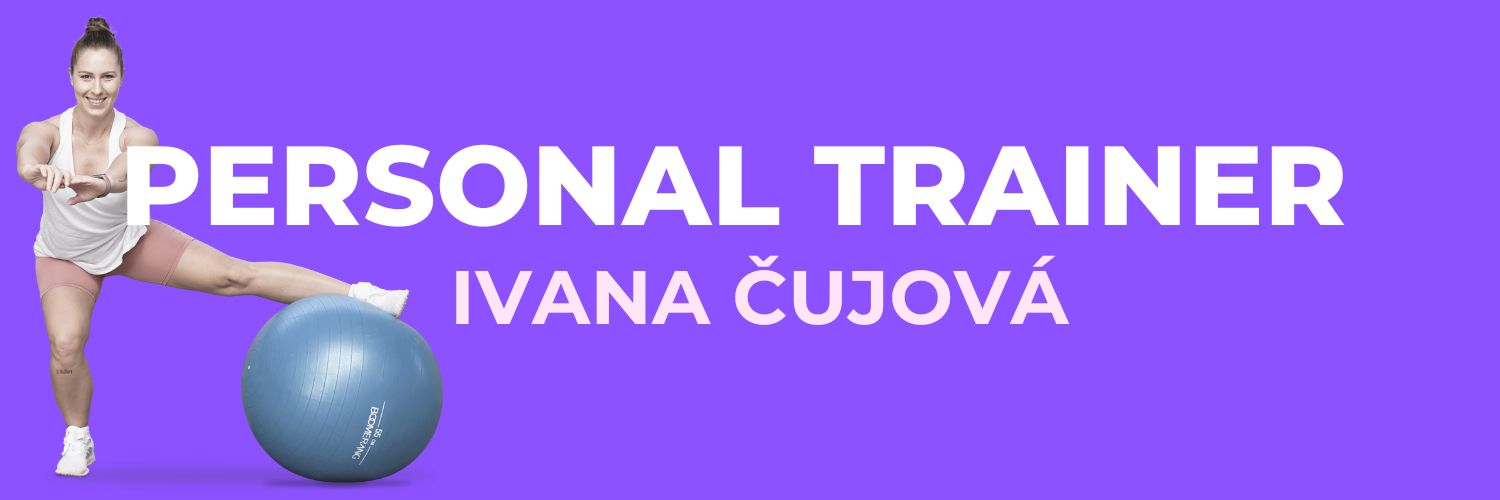Back Pain: Causes, Myths, and What Actually Works
Back pain is the leading cause of disability and missed workdays worldwide. More than 80% of people will experience lower back pain at some point in their lives. Besides the personal suffering it brings, it also represents a huge cost for healthcare systems. Yet, despite all the money spent on conventional treatments like surgery and injections, they often don’t work very well.
A common mistake is to think that pain always means there’s damage. But that’s not always the case. Pain isn’t something that comes into the brain — it’s something that comes out of it. When an injury happens, the tissues send information to the brain about what happened, but they don’t send a «pain signal» per se. It’s the brain, based on that input and the overall context, that decides whether to make us feel pain and how much of it.

Kinesiophobia and why pain is protecion for our body
If you’re in a life-or-death situation and you get a deep cut on your arm, you might not feel any pain at all. That’s because, in that moment, pain wouldn’t help — your brain wants you focused on survival. Once you’re safe, then you’ll likely feel the pain. Pain is essentially a protective strategy. When your brain detects a threat, it uses pain to get you to rest and let the area recover.
There are even cases where people feel intense pain even though there’s no real damage. A classic example is a construction worker who stepped on a nail and felt excruciating pain. But at the hospital, when they removed his boot, they saw the nail had gone between his toes without touching anything! His brain saw the nail and assumed the worst, so it created pain to protect him. Or think of people with amputated limbs who feel pain in body parts that aren’t even there — that’s another example of pain being created by the brain.

When it comes to back pain, there’s often a low correlation between anatomical issues and the pain itself. Many people have bulging discs, degeneration, or even herniated discs without any pain. On the flip side, people with chronic back pain might show nothing unusual on scans. That’s why it can be risky to rely too much on imaging tests. If you have back pain and get a scan that shows a hernia, doctors might blame the hernia for the pain — but that might not actually be the cause. Maybe you’ve had that hernia for years without symptoms, or maybe the pain goes away even though the hernia is still there. So, is the hernia really to blame? Is it making things worse? Or is it not related at all? Truth is, we don’t really know for sure.
What we do know is that a diagnosis — and the words doctors use — carry a lot of power. If used poorly, they can make things worse. Imagine having pain for months, then being told by a doctor that you have the spine of an 80-year-old, or that you should never lift weights again. That fear can actually increase your pain. You start overanalyzing every move, afraid you’ll break. We now know that this fear of movement, called kinesiophobia, raises the risk of chronic pain and slows down recovery.
So, the first recommendation is: trust your body’s ability to heal. Studies show that many herniated discs actually shrink or get reabsorbed over time. And even if they don’t completely “heal,” they often stop being a problem. Having a hernia doesn’t mean you’re doomed, so don’t let fear take over.
The second key piece of advice is: move more. There’s a strong link between long hours of sitting and back pain. If you have a desk job, I’d suggest two things: use a standing desk when you can, and take frequent movement breaks — every 45 minutes or so. Add “movement snacks” throughout your day.
Physical activity is one of the best treatments for chronic back pain. While specific exercises are often recommended, research shows that it’s not so much what you do, but that you do something consistently. Whether it’s Pilates, core strengthening, or general fitness, all forms of movement seem to reduce pain similarly. In fact, a systematic review of 29 studies found no major difference in long-term outcomes between core stability exercises and general physical activity.
That said, strength training does seem more effective than cardio when it comes to back pain relief. Even deadlifts — often blamed for causing back pain — can be used in rehab, as long as the load is appropriate.
Now, if you’re currently having a back pain flare-up, try some gentle, pain-free movements to help relax the area. What your back really needs is general movement — not stillness.
But why is exercise so effective for back pain?
First, moving your body reduces your sense of fragility. When you do something without pain, your brain slowly learns that movement isn’t dangerous, and the fear cycle begins to break. Gradually, your nervous system becomes less sensitive, and you’re able to move more freely.
There’s a phrase in pain science: «Mechanoreceptors block nociceptors.» In other words, movement blocks pain. Plus, movement brings blood flow and nutrients to your tissues, helping any damage heal faster. Just remember: like any medicine, the dose matters. Exercise should stimulate — not aggravate.
Lastly, we can’t ignore the mental and emotional side of pain. Pain is the brain’s way of protecting you from a perceived threat, and physical damage is just one part of that equation. Emotional stress also plays a big role. Anxiety, depression, and job dissatisfaction have all been linked to chronic back pain. That’s why cognitive-behavioral therapy (CBT) and other mind-body approaches are so effective for managing pain.

And maybe the most important tip of all: don’t catastrophize. If you believe you’re going to get worse, there’s a good chance you will. Your perception shapes your reality. In fact, recent research shows that catastrophizing is the best predictor of whether pain will stick around. It becomes a self-fulfilling prophecy.
So, a good healthcare provider should first help restore your hope and confidence — not scare you with alarming statements. If someone tells you an exercise is dangerous, that alone can raise your risk of pain. Again, this ties back to kinesiophobia, which we need to avoid.
That’s also why simply understanding how pain works can help in your recovery. When you know what’s going on, you stop feeling like a helpless victim and start feeling like an active participant in your healing.
Cognitive-behavioral therapy includes many tools for tackling pain: reframing beliefs, changing self-talk, visualizations, and strategies for rebuilding confidence. Because yes — your thoughts and emotions absolutely influence your pain.
